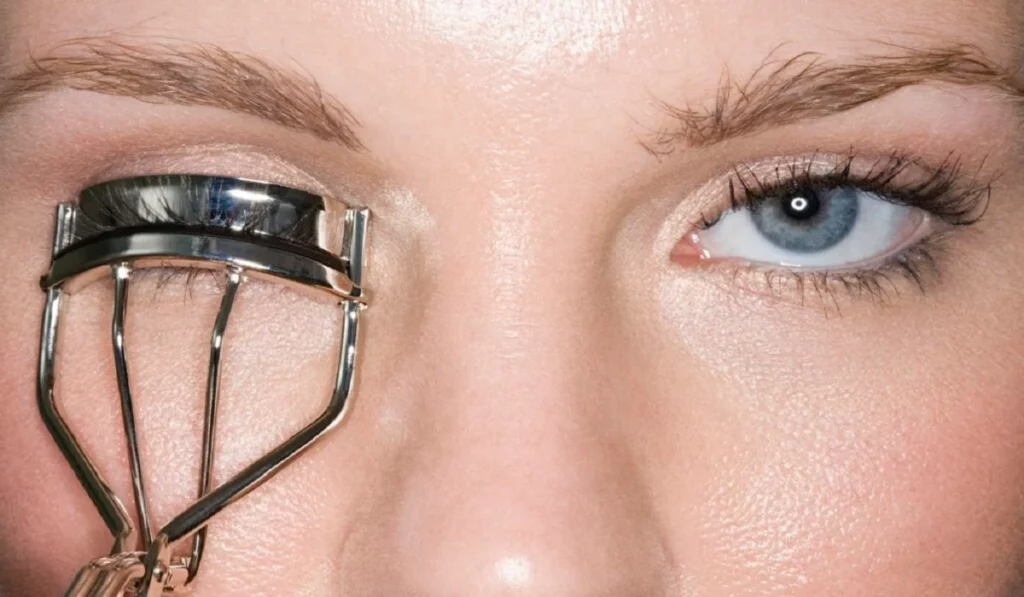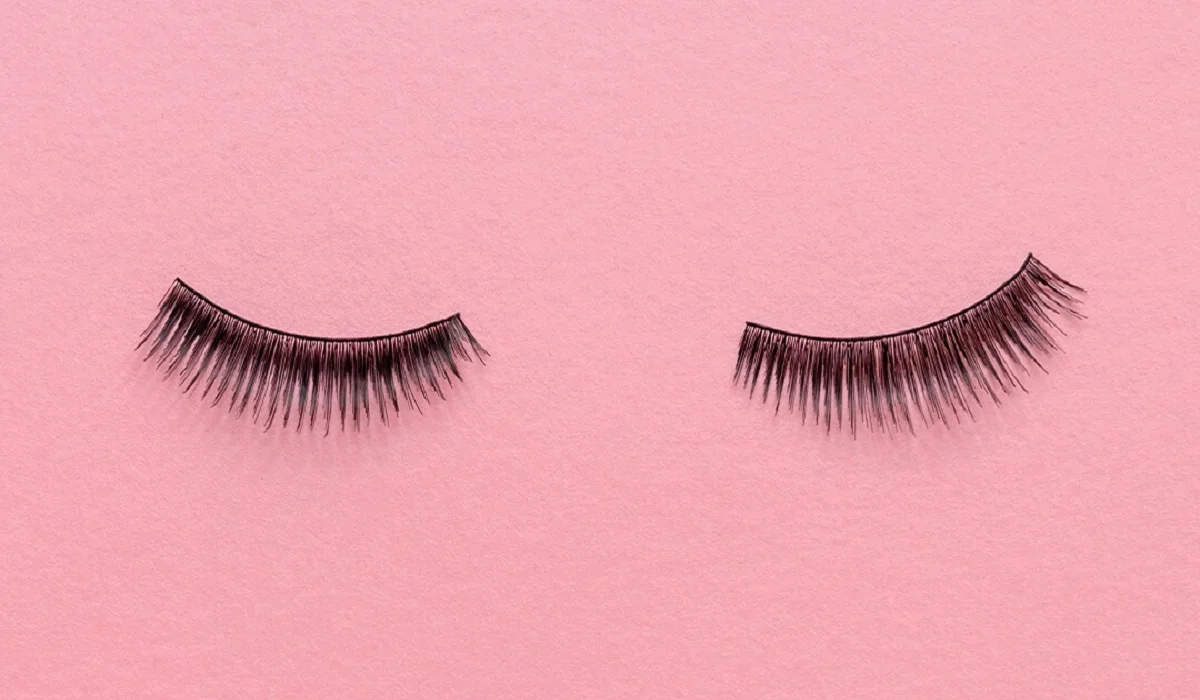Transforming your lashes from straight to stunningly curled can be effortlessly achieved with the proper use of an eyelash curler, turning it into an indispensable tool in your beauty arsenal. However, mishandling it could result in discomfort, lash damage, or uneven curls. This detailed manual will guide you through mastering the eyelash curler, incorporating upkeep advice and solutions to frequent problems, enabling you to safely and effectively obtain those desirable, fluttering lashes.

Selecting the Ideal Eyelash Curler
Eyelash Curler Varieties
The market offers eyelash curlers in metal, plastic, and heated models. Metal curlers stand out for their sturdiness and precision in curling, while plastic variants are perfect for on-the-go use due to their lightness. For those with hard-to-curl lashes, heated eyelash curlers can achieve a more defined and enduring curl.
Choosing a Curler for Your Eye Shape
Eyelash curlers are not one-size-fits-all; their efficiency varies with different eye shapes. It’s crucial to choose a curler that complements the curvature of your eye to ensure a uniform curl and avoid discomfort. Some manufacturers provide curlers tailored to specific eye shapes such as almond, round, or deep-set.
Lash Preparation
Ensure Lashes are Clean and Dry
Commence with lashes that are devoid of any makeup or residue, as leftover products can lead to lashes sticking to the curler, risking damage. Post face-washing, ensure your lashes are thoroughly dried before proceeding with the curling process.
Warming the Curler (Optional)
To enhance the curl, consider gently warming your metal eyelash curler with a hairdryer for a brief period. Always test the curler’s temperature on your hand to confirm it’s warm, not hot, preventing any harm to your eye’s delicate surrounding skin or the lashes themselves.
Curling Your Lashes
Proper Curler Placement
With the curler open, position your lashes between the pads, getting as close as possible to the lash base without touching the eyelid. Confirm that all lashes are captured by the curler’s opening.

Executing the Curl
Press the curler’s handles together gently for approximately 5 to 10 seconds. For a more natural curl, you may lightly pump the curler. Refrain from pulling or yanking the curler to avoid lash damage.
Sectional Curling
For a more pronounced curl, adopt a sectional approach: begin at the base, then mid-lash, and finally near the tips. This technique fosters a seamless, natural curl rather than an abrupt crimp.
Post-Curling
Mascara Application
Follow up the curling with your preferred mascara to set the curl. Opt for a waterproof or curl-enhancing mascara for optimal results. Applying mascara post-curling prevents the lashes from sticking to the curler and potential damage.
Curler Maintenance and Cleanliness
Eyelash Curler Cleansing
To ensure optimal performance, regularly clean your curler to eliminate any mascara residue or debris. Utilize a gentle makeup remover or isopropyl alcohol for cleaning, allowing the curler to dry thoroughly before its next use.
Pad Replacement
Change the curler’s rubber pads every few months or at signs of wear to maintain curl efficiency and lash safety. Neglecting to replace worn pads can compromise lash health and curl quality.
Addressing Common Concerns
Avoiding Eyelid Pinching
Pinching can indicate improper curler alignment or positioning. Ensure the curler is not too close to the eyelid and is suitable for your eye shape. Persistent issues may necessitate a different curler design more suited to your eye contour.
Correcting Uneven Curls
Uneven curls typically result from incomplete lash capture or inconsistent pressure application. Verify that all lashes are within the curler’s grasp and apply uniform pressure. Sectional curling might also aid in achieving a uniform curl.
Enhancing Curl Retention
For lashes that struggle to maintain a curl, consider a heated curler or pre-warm a standard curler. A waterproof or curl-retaining mascara applied right after curling can help sustain the curl longer.
With the right eyelash curler and technique, you can significantly elevate your beauty routine by achieving gorgeously curled lashes. By selecting the appropriate curler for your eye shape, preparing your lashes properly, and adhering to the outlined steps, you’ll unlock the full potential of your natural lashes. Regular maintenance and pad replacement are key to consistent, stunning results.








